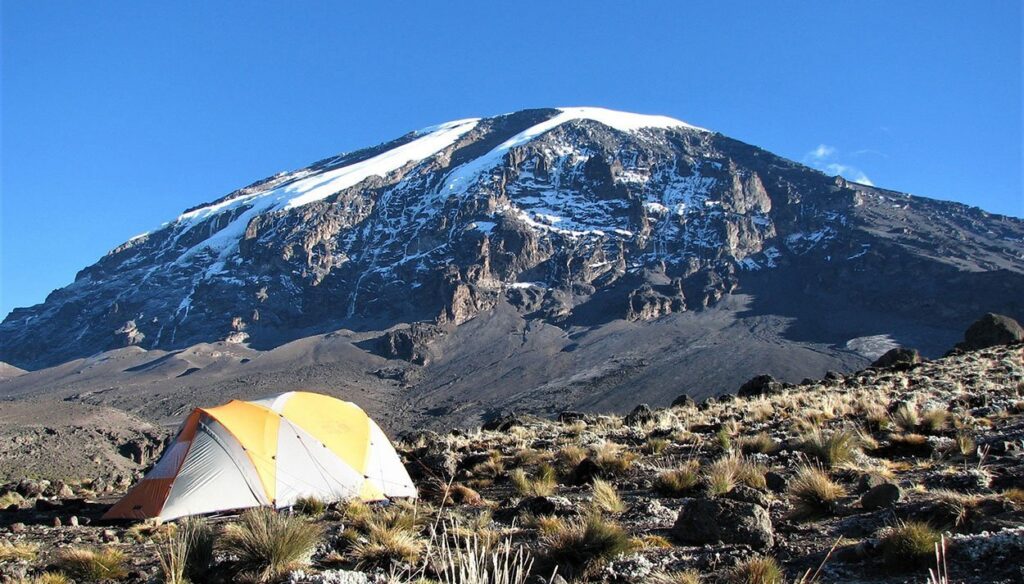Mount Kilimanjaro, the highest peak in Africa, is a dream destination for many adventurers. However, understanding the weather patterns is crucial for a successful climb. Kilimanjaro’s weather is diverse and can change rapidly as you ascend through its various climatic zones.
Kilimanjaro Weather and When to Go
Equatorial Zone
At the base of the mountain lies the Equatorial Zone, characterized by a warm and humid climate. Temperatures here are relatively stable throughout the year.
Tropical Zone
As you ascend, you enter the Tropical Zone, where temperatures become cooler and more varied. Rainfall is common, especially during the wet season.
Near the summit, Kilimanjaro enters the Arctic Zone. Here, temperatures can drop below freezing, and snowfall is frequent.
Kilimanjaro Weather and When to Go
dry season
The dry season, from June to October, is the most popular time to climb Kilimanjaro. Clear skies and less precipitation make for ideal climbing conditions.
wet season
The wet season, from November to May, brings heavy rainfall to the mountain. While climbing is still possible during this time, it can be more challenging due to slippery trails and reduced visibility.
Kilimanjaro Weather and When to Go
The months of January, February, and September are considered peak seasons for climbing Kilimanjaro. During these times, the weather is generally favorable, and the trails are less crowded.
March, June, July, and August are considered shoulder seasons. While still popular, these months offer slightly fewer crowds and more moderate weather conditions.
Kilimanjaro Weather and When to Go
Monitoring weather forecasts is essential for a successful climb. Choose a time when the weather is stable and precipitation is minimal.
Consider the popularity of the route you choose and plan accordingly to avoid overcrowding on the trails.
Climbing Kilimanjaro can be expensive, so consider your budget when planning your trip. Peak seasons may be pricier due to high demand.
Invest in high-quality gear, including appropriate clothing, boots, and camping equipment. Being prepared for various weather conditions is key to a safe climb.
Train adequately before attempting to climb Kilimanjaro. Endurance and strength are essential for tackling the challenging terrain.
Take your time to acclimatize to the altitude to prevent altitude sickness. Consider choosing a longer route with more gradual elevation gain.
Conclusion
Understanding Kilimanjaro’s weather patterns and choosing the right time to climb can significantly impact your experience. Whether you prefer to avoid crowds or seek optimal weather conditions, careful planning and preparation are essential for a successful summit.


